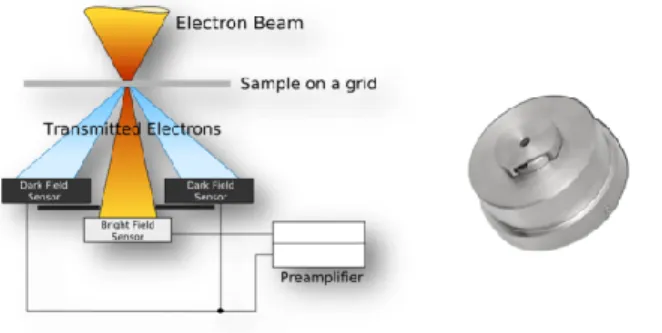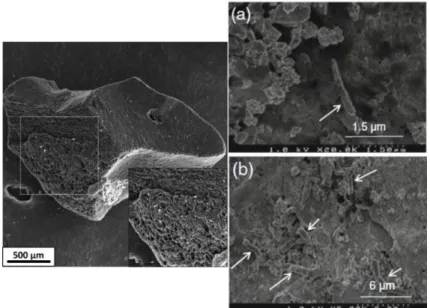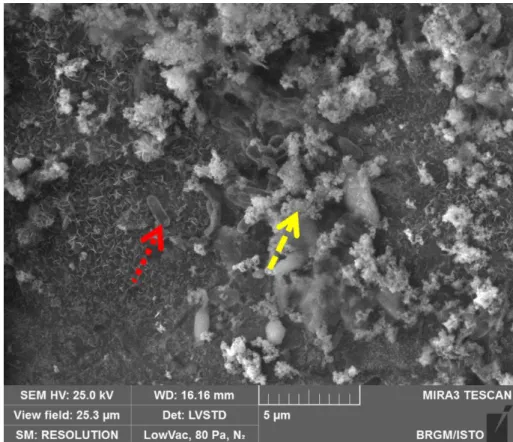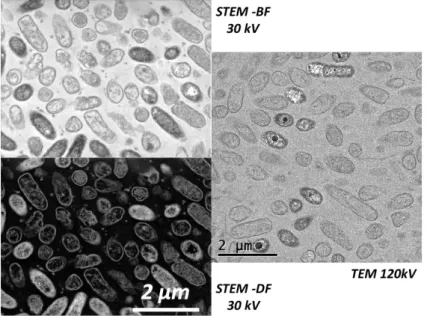SEM techniques for the bio- and organo-mineral interface characterisation in environmental science
Texte intégral
Figure




Documents relatifs
L’archive ouverte pluridisciplinaire HAL, est destinée au dépôt et à la diffusion de documents scientifiques de niveau recherche, publiés ou non, émanant des
How microbial biofilms impact the interactions of Quantum Dots with mineral surfaces.. Morgane Desmau, Clément Levard, Vladimir Vidal, Georges Ona-Nguema, Gaëlle Charron,
pneumophila, river water was supplied with either iron pyrophosphate or iron chelators (deferoxamine mesylate, DFX for ferric iron and dipyridyl, DIP for ferrous iron) to modulate
Manufacture of ingredients with different contents in Ca and P - It is also possible to combine physico-chemical modifications of milk (heat treatment,
As Bisin and Verdier (2001), the literature points out two main mechanisms through which values are formed at the individual level. First, values can be inherited through
This discrepancy could be attributed to several hypotheses (i) the Mub-proteins may play a role in the more compact structure of Pil + Mub + TIL 448 biofilms, (ii) Pil + Mub
To test our hypothesis that based on the composition of epibiotic diatom assemblages, tur- tles can be regrouped similarly with microscopy and metabarcoding, a K-means clustering
Using the example of biofilm interactions with zero-valent iron nanoparticles (nZVI), this study aims to apply various approaches in biofilm preparation and labeling for fluorescent



